Effective Waterproofing Timing Strategies
Waterproofing is a critical component in protecting structures from water intrusion, which can lead to structural damage, mold growth, and decreased property value. Proper timing ensures the longevity and effectiveness of waterproofing systems, reducing the need for costly repairs in the future.
Applying waterproofing during the initial construction phase provides comprehensive protection for foundations and basements before any water issues occur.
Ideal for existing structures experiencing water infiltration, this approach involves sealing cracks, applying membranes, or installing drainage systems after construction is complete.
Spring and fall are optimal seasons for waterproofing projects due to moderate temperatures and lower humidity levels, which enhance adhesion and curing processes.
Avoid waterproofing during heavy rain, snow, or freezing temperatures, as these conditions can compromise the application and effectiveness of waterproofing materials.
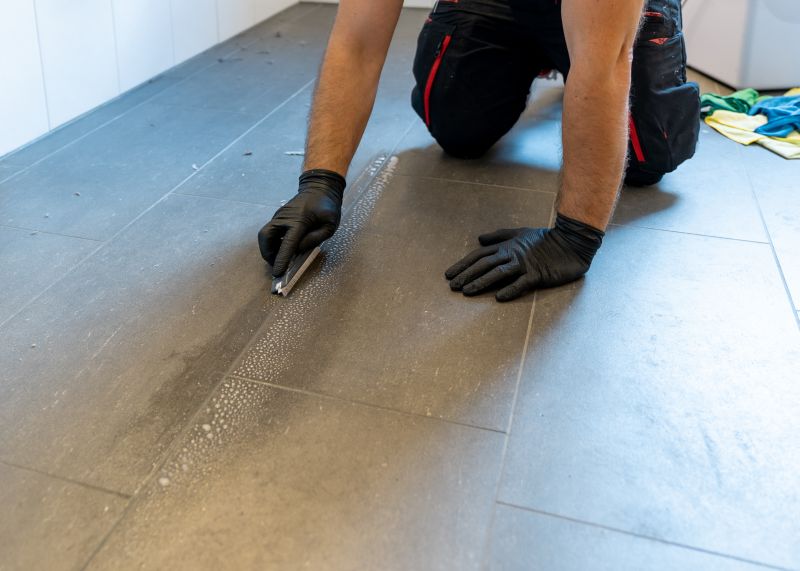
Ways to make Waterproofings work in tight or awkward layouts.
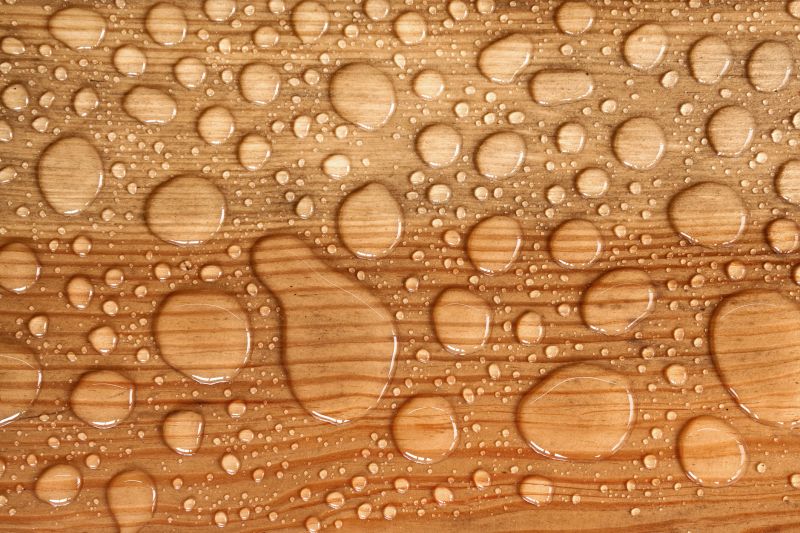
Popular materials for Waterproofings and why they hold up over time.
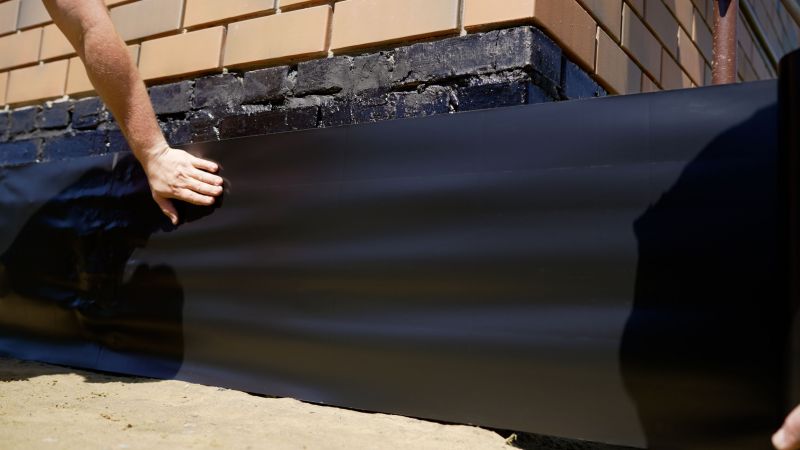
Simple add-ons that improve Waterproofings without blowing the budget.
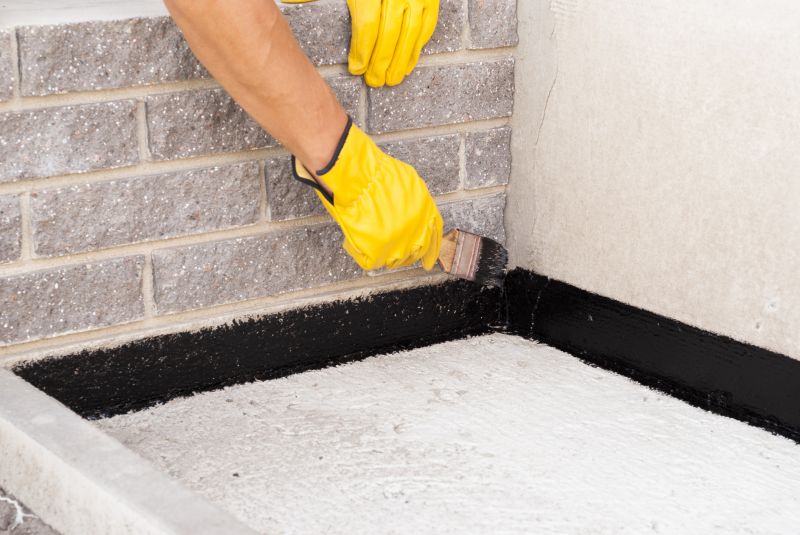
High-end options that actually feel worth it for Waterproofings.
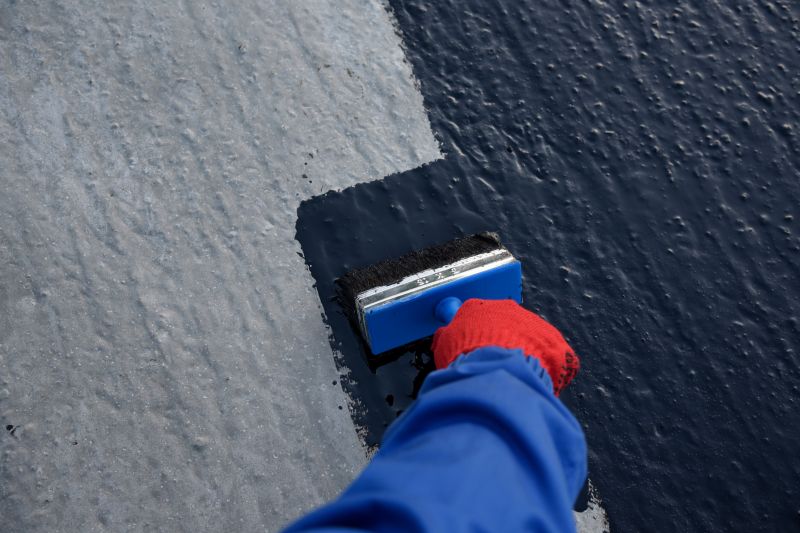
Finishes and colors that play nicely with Waterproofings.
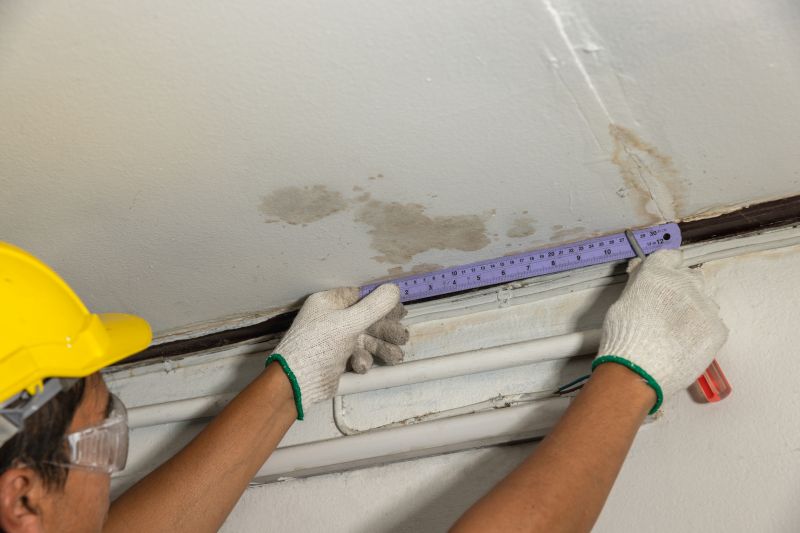
Little measurements that prevent headaches on Waterproofings day.
| Season/Condition | Best Practices |
|---|---|
| Spring | Ideal for new waterproofing applications due to moderate temperatures. |
| Fall | Suitable for sealing and maintenance before winter. |
| Summer | Use caution during high heat; ensure proper curing. |
| Winter | Generally not recommended due to freezing temperatures. |
| Post-Heavy Rain | Schedule inspections and repairs promptly. |
| Dry Season | Optimal for large projects requiring extended curing time. |
Waterproofings are essential for protecting structures against water penetration, which can cause significant damage over time. Various waterproofing methods include membrane applications, sealants, drainage systems, and coatings designed to withstand different environmental conditions. Proper timing and application techniques maximize their effectiveness, ensuring long-term protection and structural integrity.
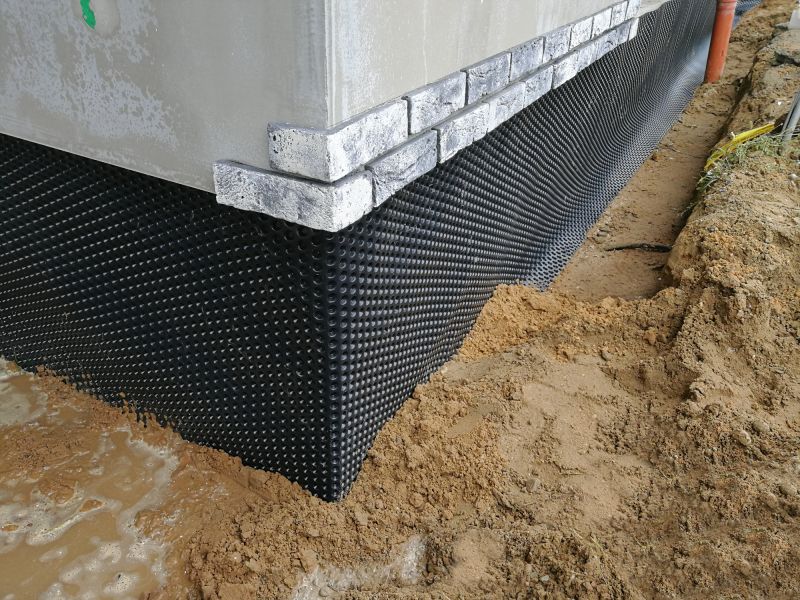
A 60-second routine that keeps Waterproofings looking new.

A frequent mistake in Waterproofings and how to dodge it.

Small tweaks to make Waterproofings safer and easier to use.

Lower-waste or water-saving choices for Waterproofings.
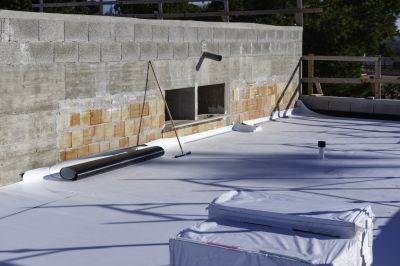
The short, realistic tool list for quality Waterproofings.

Rough timing from prep to clean-up for Waterproofings.
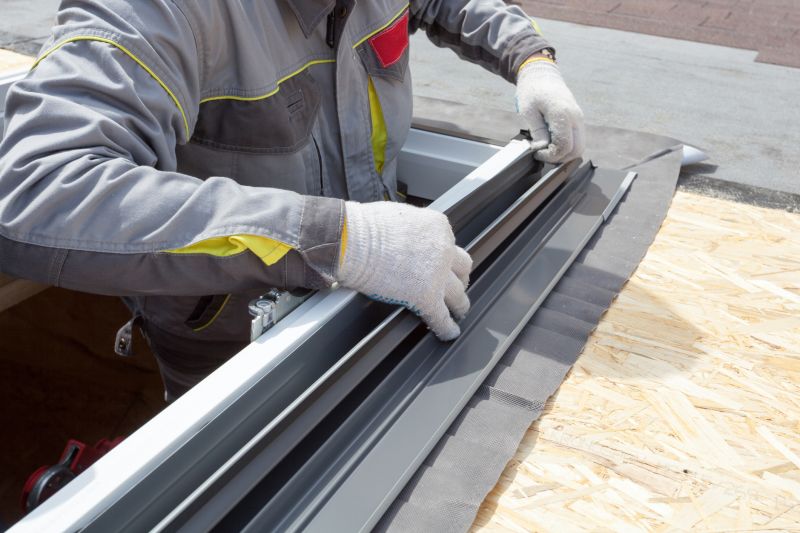
Quick checks and paperwork to keep after Waterproofings.
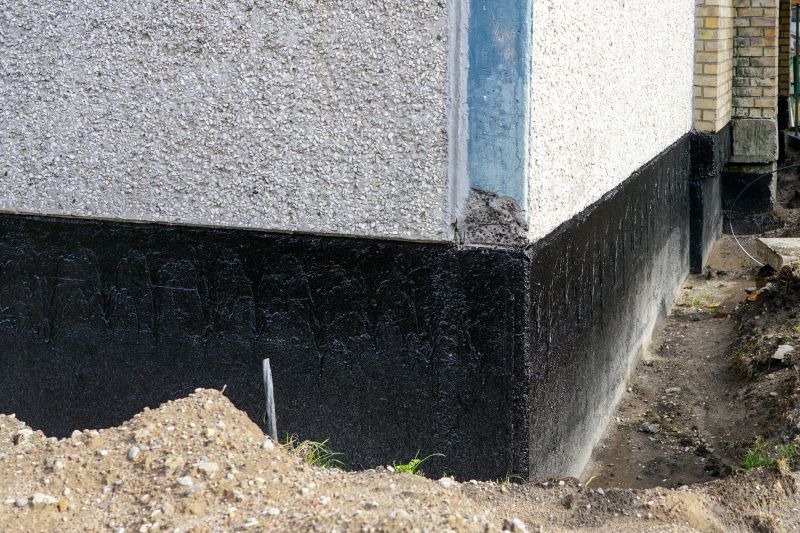
Examples that show the impact a good Waterproofings can make.
Selecting the appropriate waterproofing method depends on the structure type, location, and environmental exposure. Consulting with waterproofing specialists can help determine the best timing and materials to ensure optimal results. Regular inspections and maintenance are vital to address potential issues before they escalate.

